Relational Identities and Other-than-Human Agency in Archaeology
edited by
Eleanor Harrison-Buck
and Julia A. Hendon
University Press of Colorado
Louisville
2018 by University Press of Colorado
Published by University Press of Colorado
245 Century Circle, Suite 202
Louisville, Colorado 80027
All rights reserved
Printed in the United States of America
 The University Press of Colorado is a proud member of the Association of University Presses.
The University Press of Colorado is a proud member of the Association of University Presses.
The University Press of Colorado is a cooperative publishing enterprise supported, in part, by Adams State University, Colorado State University, Fort Lewis College, Metropolitan State University of Denver, Regis University, University of Colorado, University of Northern Colorado, Utah State University, and Western State Colorado University.
This paper meets the requirements of the ANSI/NISO Z39.48-1992 (Permanence of Paper).
ISBN: 978-1-60732-746-2 (cloth)
ISBN: 978-1-60732-747-9 (ebook)
DOI: https://doi.org/10.5876/9781607327479
If the tables in this publication are not displaying properly in your ereader, please contact the publisher to request PDFs of the tables.
Library of Congress Cataloging-in-Publication Data
Names: Harrison-Buck, Eleanor, editor. | Hendon, Julia A. (Julia Ann), editor.
Title: Relational identities and other-than-human agency in archaeology / edited by Eleanor Harrison-Buck and Julia A. Hendon.
Description: Boulder : University Press of Colorado, [2018] | Includes bibliographical references and index.
Identifiers: LCCN 2017054090| ISBN 9781607327462 (cloth) | ISBN 9781607327479 (ebook)
Subjects: LCSH: Social archaeologyCase studies. | Agent (Philosophy)Case studies. | Material culturePhilosophy. | ArchaeologyPhilosophy.
Classification: LCC CC72.4 .R456 2018 | DDC 930.1dc23
LC record available at https://lccn.loc.gov/2017054090
The University Press of Colorado gratefully acknowledges the generous support of the College of Liberal Arts and the Center for the Humanities at theUniversity of New Hampshire toward the publication of this book.
The financial support provided by a Research and Professional Development grant from Gettysburg College is gratefully acknowledged.
Cover photograph by Justin Kerr.
Contents
Eleanor Harrison-Buck and Julia A. Hendon
Erica Hill
Meghan C. L. Howey
Timothy R. Pauketat and Susan M. Alt
Mara Nieves Zedeo, Wendi Field Murray, and Kaitlyn Chandler
Matthew Looper
Julia A. Hendon
Ian J. McNiven
Ann B. Stahl
Joanna Brck and Andrew Meirion Jones
Eleanor Harrison-Buck
Relational Identities and Other-than-Human Agency in Archaeology
An Introduction to Relational Personhood and Other-than-Human Agency in Archaeology
Eleanor Harrison-Buck and Julia A. Hendon
Archaeologists who engage in relational personhood and other-than-human agency, often characterized as a relational or ontological archaeology ().
Some of the most prominent problem domains in studies of ontological archaeology involve agency and personhood. There is a long history of attention given to studies of relational personhood in archaeology ().
Agency is closely related to animacyan ontology in which objects and other nonhuman beings possess souls, life-force and qualities of personhood (). While many of the contributions in this volume deal explicitly with animacy, the term strictly references a being with a life forcea quality associated with personhoodand is not applicable to every agent, namely non-persons. In this volume we maintain the term agency because it allows contributors to appropriately characterize a broader array of actors, not just social beings but also the asocial entities.
The terms other-than-human and nonhuman are used interchangeably in the literature and in this volume to refer to relational (social) beings, such as animals, plants, objects, and spirits. Terms like other-than-human or nonhuman distinguish between biologically human beings and other beings. We recognize that in many ways such terms are problematic in that they perpetuate a false subject-object divide that does not accurately portray the shared ontological status between human and nonhuman beings (sensu ) and non-anthropocentric views of who (or what) is a socially recognized person. Such studies emphasize to archaeologists working in these and other areas of the world the importance of considering the ontological status of nonhuman agency and personhood in our archaeological reconstructions of past societies, regardless of whether they are considered animistic.
Nonhuman Agency in Archaeology
Nonhuman agency in the context of relational personhood is not a human projection of imagination onto things but rather a condition of being alive in the world (:546).
Current theoretical approaches to nonhuman agency in archaeology have been inspired by the writings of numerous scholars, including Bruno ) perspectivism among Amerindian (Amazonian) groups have been influential in bringing the question of the ontological status of nonhuman agents as persons to the forefront of anthropological debate.
This volume explores the benefits and consequences for both archaeological theorizing and interpretation when we consider other-than-human agents as social actors who possess a life forceanimacyand qualities of personhood capable of producing change in the world (). To avoid homogenizing nonhuman agency and personhood as an identity formation, contributors in this volume examine these processes through a series of case studies in different temporal, geographic, and cultural contexts. Most of the studies presented in this volume deal with societies that are traditionally characterized as animistic or totemic; however, nonhuman agency and relational personhood are also invoked in modern contexts and are not necessarily restricted to any one type of society (see further discussion below on Relational Personhood).
Narrowing the Divide: Relational Object-Beings and the Spaces in Between
Among the many other-than-human persons that exist in the world, objects and their roles as social actors are perhaps of greatest interest to archaeologists. While the archaeological contexts presented in this volume vary substantially, these studies all share the fundamental premise that intentionality and reflexive consciousness are not exclusive attributes of humanity but potentially available to all beings of the cosmos ().
Shifting our focus to objects has narrowed the perceived divide between humans (subjects) and nonhumans (objects). Severin :200).
Studies of personhood by social psychologists and anthropologists lead us to suggest that Fowless non-things, much like Lazzaris unseeable domains, are not voids or empty spaces but are filled with the relational dialogues and intersubjective experiences that are central to how humans come to consider nonhumans as persons ().
Such conversive relations are similar to non-discursive experiences, involving repeated, intimate engagements with tools, materials, objects, and places that create opportunities for more materially mediated interactions (see :23) refers to this interplay of cultural construction, praxis, and object biographies as material habitus.
Ian volume and shed light on how the numinous comes to reside in an object-body, its movement through the world, and the nature of its agency as a relational person.

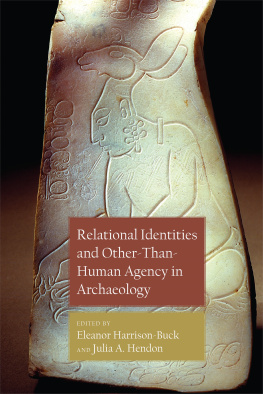
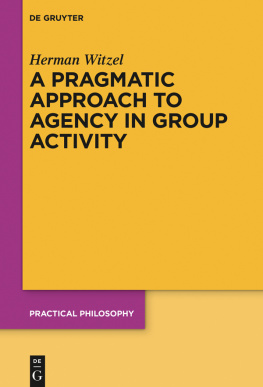
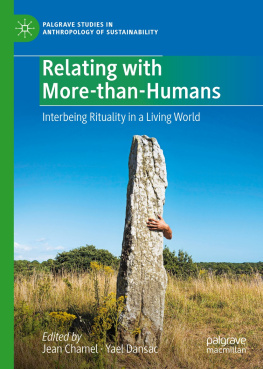



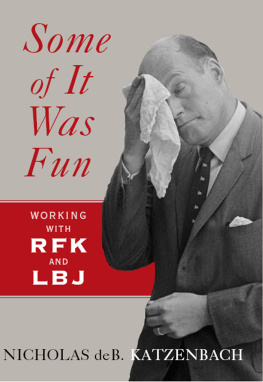
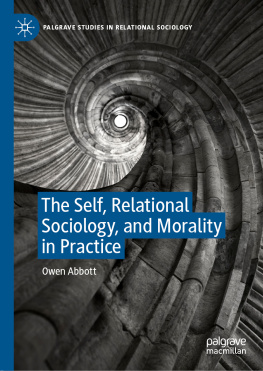
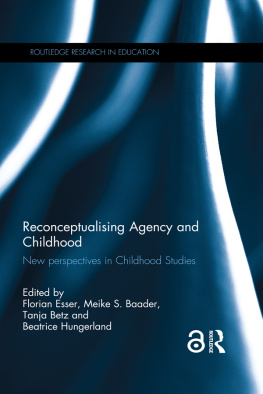
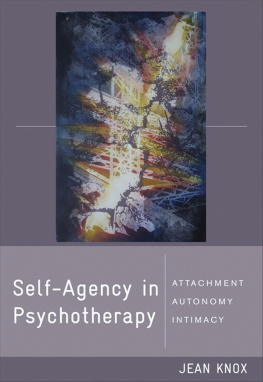
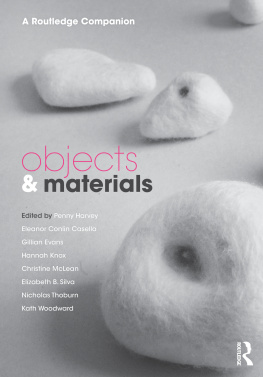

 The University Press of Colorado is a proud member of the Association of University Presses.
The University Press of Colorado is a proud member of the Association of University Presses.